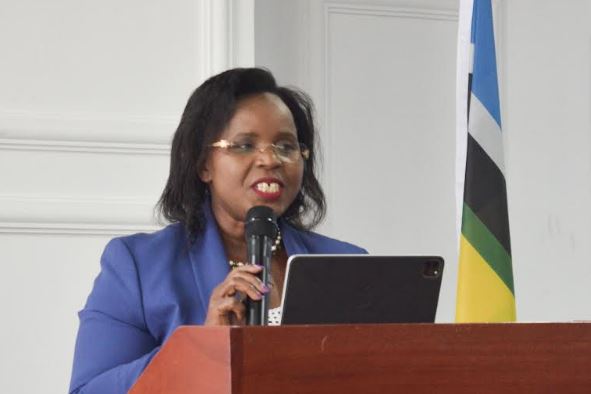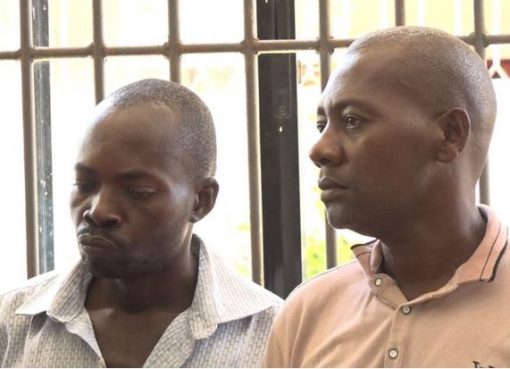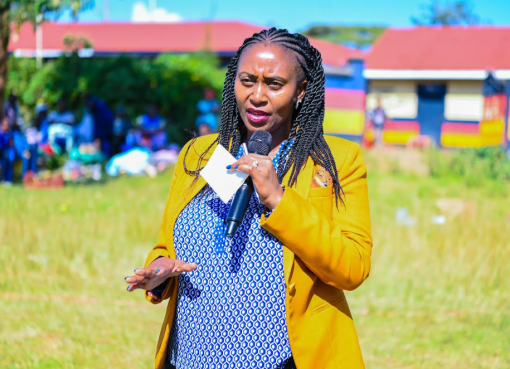The Ministry of East Africa Community (EAC) and Arid and Semi-Arid Lands (ASALs), in collaboration with various partners, have come together to explore avenues of collaboration and identify areas of synergy in a concerted effort to address the challenges faced by communities in Arid and Semi-Arid Lands (ASALs).
Cabinet Secretary (CS) Peninah Malonza, speaking today at a Nairobi hotel, emphasised the severity of the situation, noting that Kenya recently experienced its most severe drought in four decades.
Approximately 4.4 million people in ASAL areas, along with an additional 495 households in surrounding regions, are currently facing acute food insecurity and require immediate relief assistance.
Malonza highlighted that the government and its partners are providing support to approximately 2.8 million people while also addressing the reported loss of approximately 2.6 million livestock due to drought.
The CS said that “to fortify ASAL communities and strengthen basin-based institutions, the government, in collaboration with development partners, has initiated various programmes and projects. These initiatives encompass critical areas including irrigation, domestic water supply, environmental conservation, value addition, and technology transfer.”
“Recent achievements include the successful implementation of micro-level projects to enhance community resilience and preparedness for unforeseen events, as well as the provision of relief and humanitarian aid to vulnerable households,” she added.
She, however, noted that despite the efforts, ASAL communities and institutions continue to face challenges. Prolonged drought, exacerbated by the impacts of climate change, remains a pressing concern. Resource-based conflicts within communities have led to insecurity, and limited funding for development exacerbates the situation.
“While the long rainy season provided some relief, it did not completely resolve food security challenges for affected communities. However, there is hope on the horizon, as the government has allocated approximately 2 billion Kenyan shillings to support those impacted by drought. This intervention includes provisions for relief food, emergency cash transfers, support for school feeding programmes, water trucking, and livestock off-take,” she noted.
CS Malonza expressed gratitude to county governments, UN agencies, NGOs, and other non-state actors for their invaluable contributions in complementing the national government’s efforts in providing food assistance, non-food items, and cash support.
Principal Secretary East African Community (EAC) Abdi Dubat echoed the sentiments of cooperation and emphasised that the EAC envisions collaboration across more than 17 critical areas, underscoring its central role in fostering unity of purpose, shared prosperity, and a collective vision for the region.
By Okal Kevin and Cynthia Cherotich




